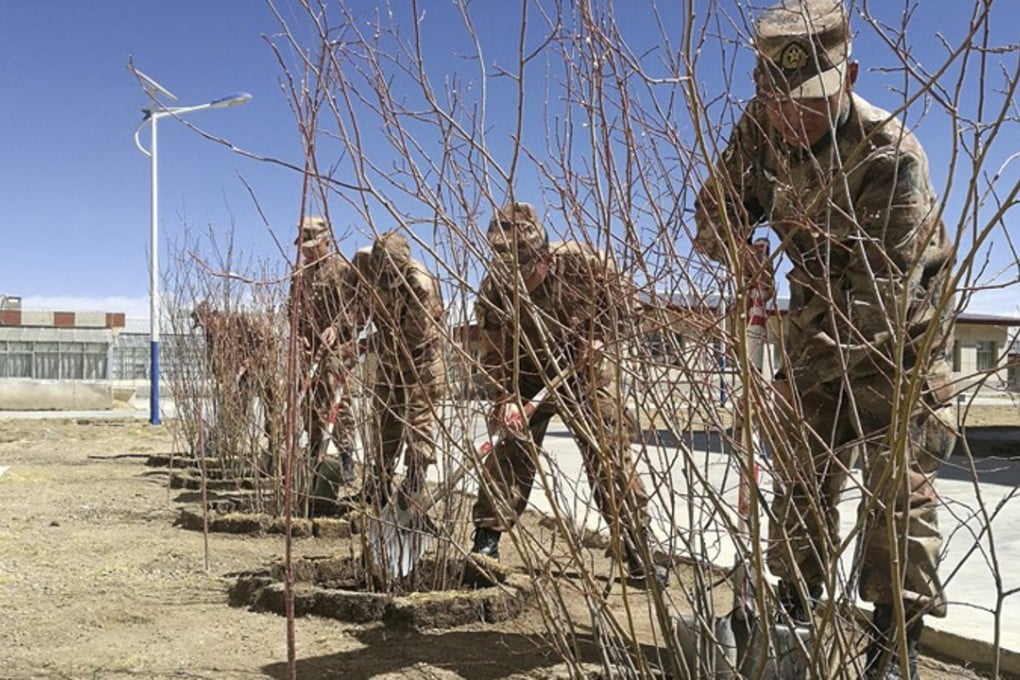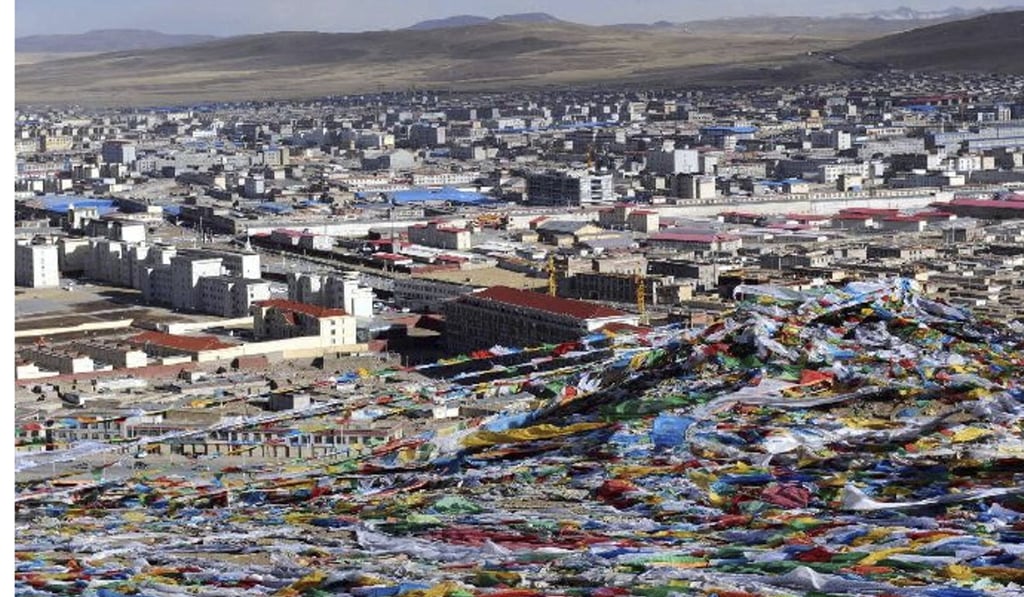China’s plan to use solar power to melt permafrost to turn a Tibetan grassland into an artificial forest on the roof of the world
Scientists question the value and environmental impact of the expensive project, which is of special interest to the Chinese president

Nagqu, a city with a near-polar climate in the high grasslands of Tibet, is known for its stark beauty, its wildlife and its role as the former capital of the Zhangzhung kingdom. But it has a second, more dubious distinction: it is believed to be the only Chinese city without a tree.
The absence of trees ranked along with the area’s lack of oxygen, extreme cold and geographic isolation as top reasons for the mental breakdown of Chinese military personnel in this city 4,500 metres above sea level. Soldiers from Nagqu who would go to Lhasa on leave were known to leap off their buses to hug a tree, in tears, according to the People’s Liberation Army Daily.
Now China is taking the unprecedented – and expensive – step of harnessing solar power to melt permafrost to allow trees to grow in Nagqu.
The project’s aim is to make the landscape more welcoming for Han settlers and soldiers struggling to cope emotionally with the treeless setting.
But worries about the cost and the environmental impact of the undertaking – which has captured the attention of President Xi Jinping – have scientists questioning its value.

“Some official might do this to flatter the president, but most scientists have concerns about this project,” said a researcher who spoke to the South China Morning Post on condition of anonymity.